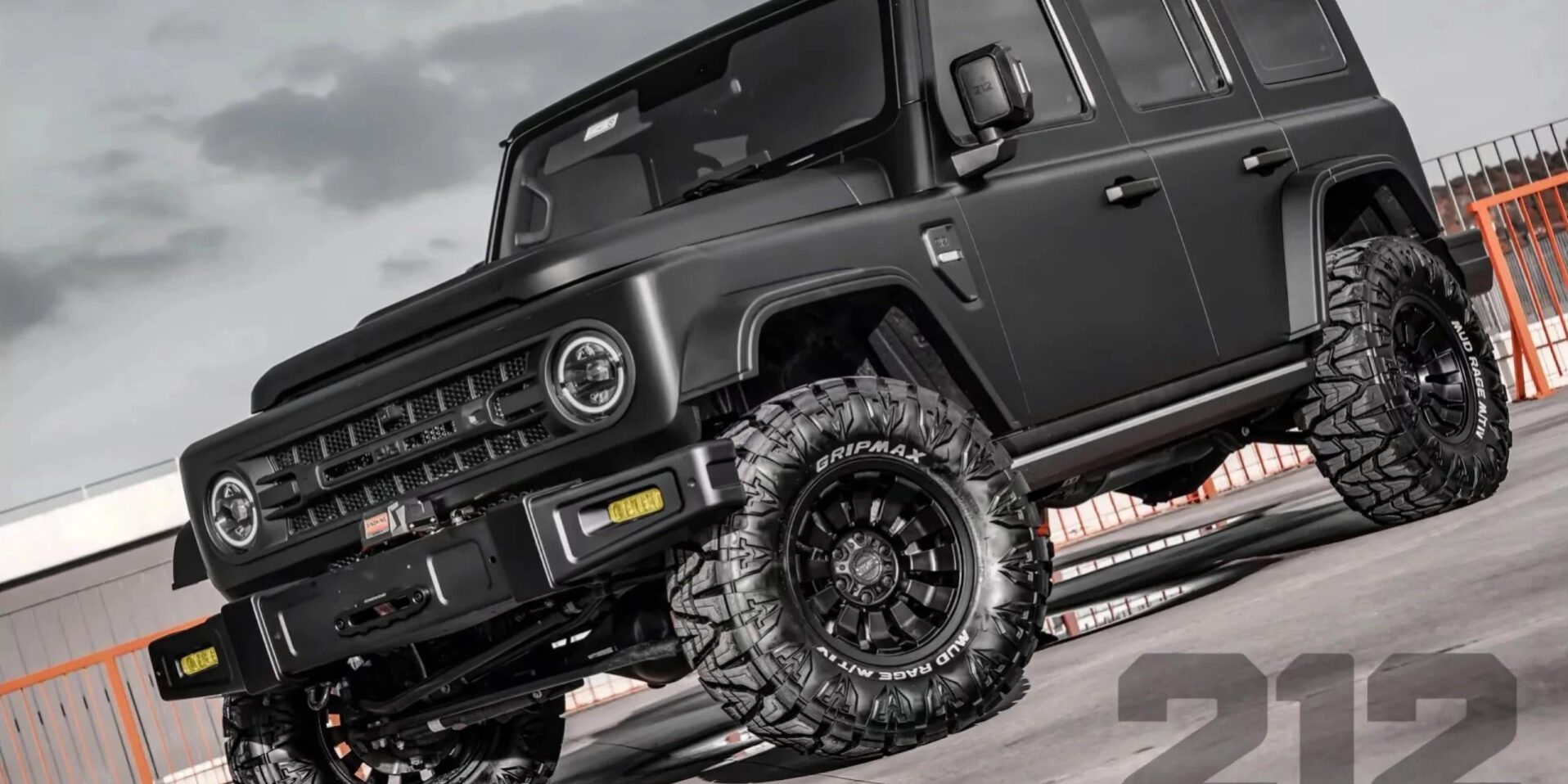The re-emergence of BAW 212 off-road vehicles signals a fitting moment, as China’s off-road era enters a brand new peak. This time, the surge in off-roading is not driven by established brands like Jeep or Land Rover; instead, it is predominantly led by rising Chinese brands, which have become the new dominant players in the off-road market.
This shift is not negative; the essence of off-roading lies in having vehicles that are robust, stable, and powerful. People are beginning to reminisce about the return of a truly Chinese off-road vehicle— The BAW 212 off-road vehicles. As a legendary representative within the Chinese off-road automotive framework, the renewed 212 naturally seizes this opportunity.
What is even more exciting is that this opportunity is not just one of equal competition; to a large extent, it represents a chance for The BAW 212 off-road vehicles to gain a competitive edge in its class. The logic is straightforward: electric vehicles struggle to alleviate range anxiety in rugged environments, while traditional fuel vehicles often lack body-on-frame designs, making them seem less rugged. Adding to the mix are hybrid vehicles, which face the dilemma of balancing smart technology and toughness after addressing range concerns.
Thus, having a robust solution is not only central to addressing these challenges but also positions The BAW 212 off-road vehicles uniquely in the competition.

What Does “Rugged” Truly Mean?
Having discussed this extensively, we must ask: what exactly defines “ruggedness”? In the past, the essential markers of ruggedness were a solid axle and locking differentials as the benchmarks for whether a vehicle could traverse unpaved terrain. Certainly, electric and hybrid vehicles must also be evaluated by these criteria in today’s evolving technological landscape.
This leads us to The BAW 212 off-road vehicles’s new professional off-road platform, known as the WY platform. With this platform, the new 212 can accommodate both traditional fuel and hybrid powertrains seamlessly. Unlike previous designs, The BAW 212 off-road vehicles integrates these varied technologies without compromise. It features a body-on-frame design, a front and rear five-link solid axle suspension, and a part-time four-wheel drive system.
From a foundational perspective, this vehicle embodies the collective understanding of what constitutes a rugged off-roader in today’s context. It is essentially the only Chinese automotive brand to combine these configurations into one vehicle, and it is the first in the domestic market to offer solid axles both front and rear while being compatible with hybrid systems.
Overall, you could consider it as a rugged off-roader capable of delivering a maximum torque of 410 N·m, with approach and departure angles of 40° and 36° respectively, maximum water fording depth of 850 mm, and equipped with front and rear electronically controlled limited-slip differentials. When in 4H mode, it distributes drive torque at a constant 50:50 ratio, and in 4L, it can amplify torque by 2.5 times.
For hard-core off-roading enthusiasts, The BAW 212 off-road vehicles offers everything you want and what the current era demands. This is why I argue that the new 212 can firmly establish a competitive advantage in the ongoing battle among rugged off-road vehicles. From its positioning to its accompanying technical characteristics and platform development, The BAW 212 off-road vehicles brand has already taken aim at the direction of market evolution while striving to meet both current and historical expectations for rugged off-road vehicles.
